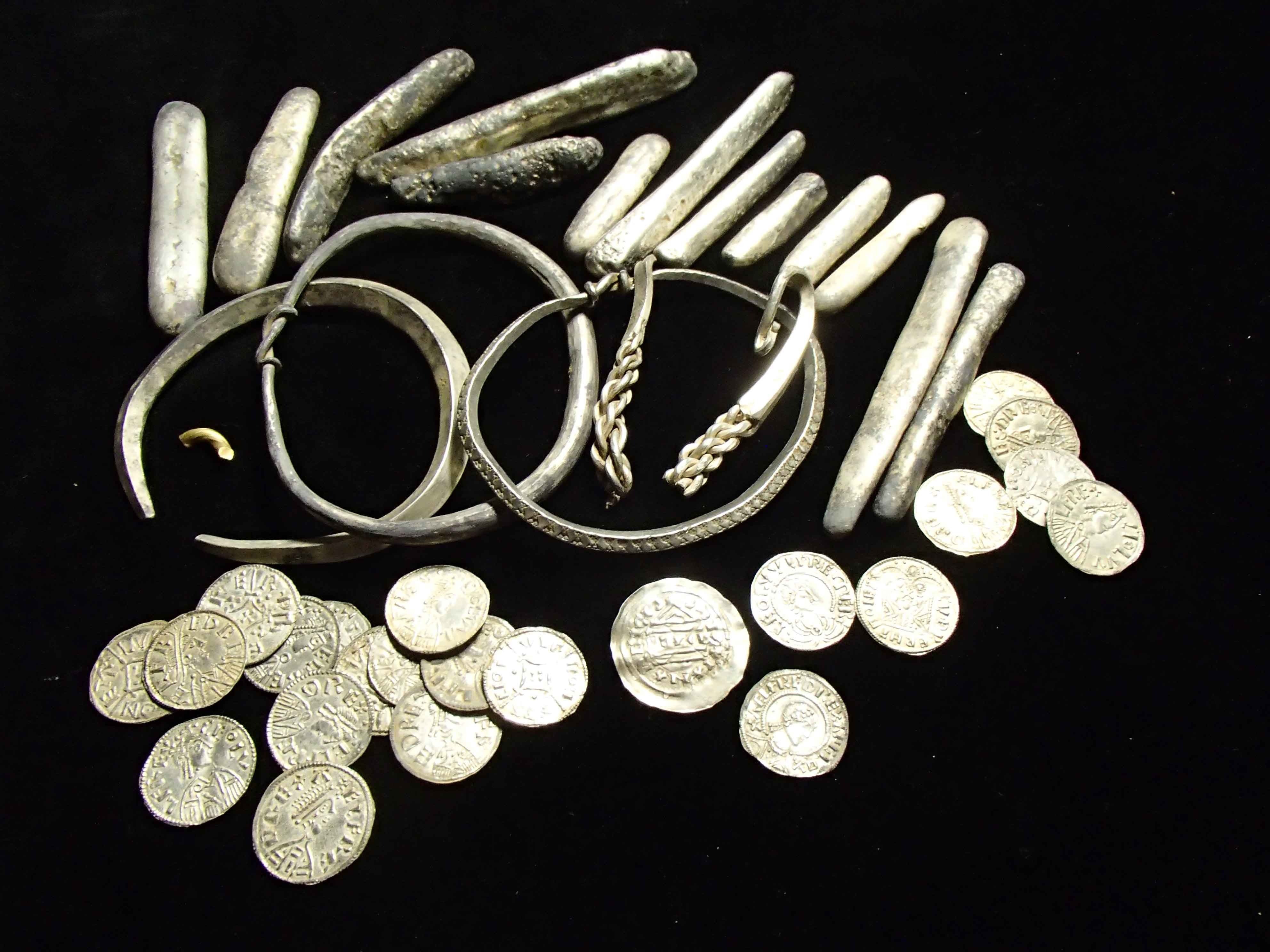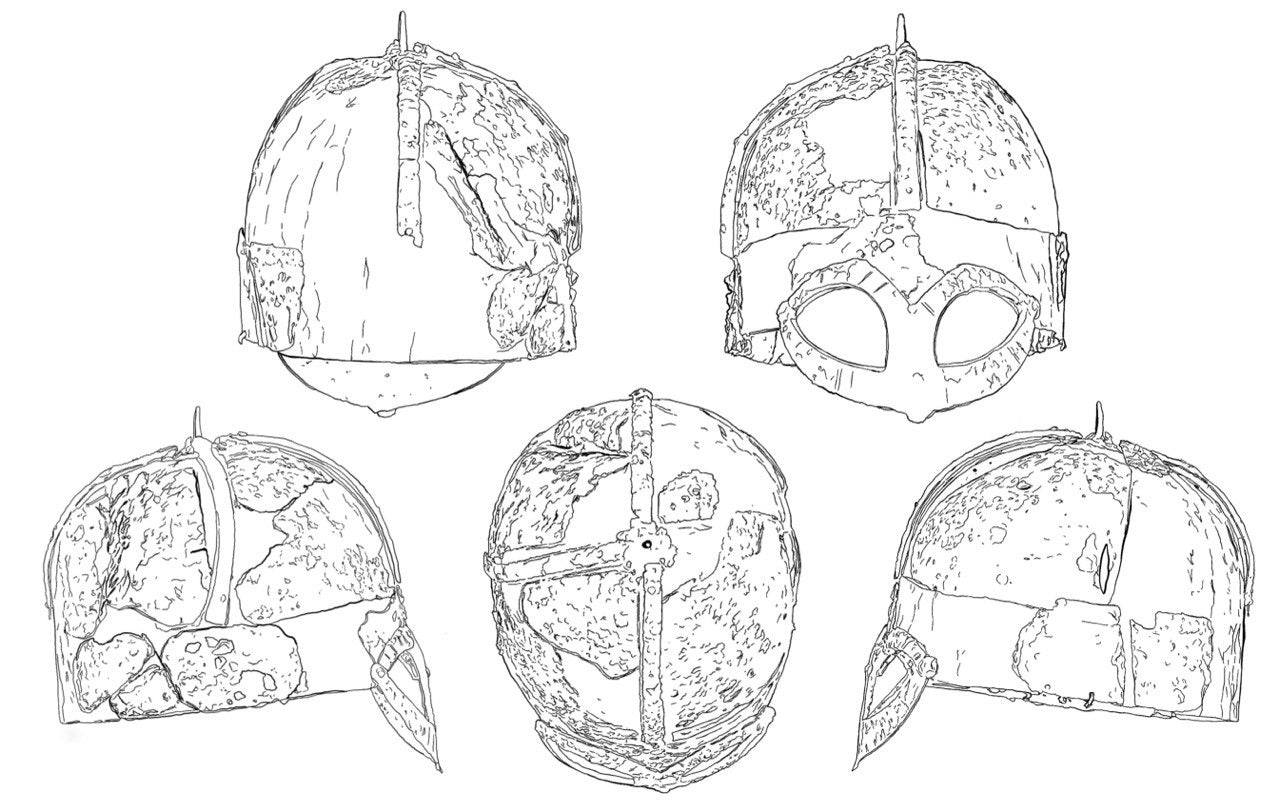
Exploring the Salme Ship Burials and Their Impact on Viking History
The Vikings have captured our imaginations for centuries. Images of these fierce warriors traversing the seas in their iconic vessels are ingrained in popular culture. However, much of what we know about the Viking Age, roughly spanning the 8th to 11th centuries AD, comes from archaeological discoveries. Among these discoveries, the Salme ships, unearthed in Estonia, stand out as a remarkable window into the early Viking world.
A Brief History of Viking Ship Discoveries
For a long time, our understanding of Viking ships was limited to depictions in art and sagas. However, the late 19th and early 20th centuries witnessed a surge in archaeological finds. The Oseberg and Gokstad ships, unearthed in Norway in the late 19th century, provided stunning examples of Viking craftsmanship and burial practices. These well-preserved vessels offered invaluable insights into ship construction, daily life, and religious beliefs.
The Significance of the Salme Ship Burials
The discovery of the Salme ships in 2008 and 2010 on the Estonian island of Saaremaa added another significant chapter to the story of Viking ships. What makes these finds so remarkable is their date - estimated to be around 700-750 AD. This predates the famous raid on Lindisfarne in 793 AD, traditionally considered the start of the Viking Age. The Salme ships thus offer a glimpse into an earlier period of Viking activity, potentially pushing back the established timeline.
Setting the Stage: Salme, Estonia
The village of Salme on Saaremaa island in Estonia lies on the shores of the Baltic Sea. This strategic location placed it at the crossroads of trade routes and likely attracted both settlers and raiders throughout history. The discovery of the Salme ships in this location hints at the dynamic nature of Viking activity in the region, even before the dawn of the Viking Age as we traditionally understand it.
The Unearthing of Salme 1
The story of the Salme ships began rather unexpectedly. In 2008, construction workers laying cables stumbled upon a Viking ship burial. This initial find, later known as Salme 1, was a smaller vessel measuring around 38 feet long. Despite significant deterioration, archaeologists were able to identify its clinker-built construction, a hallmark of Viking shipbuilding techniques.
The Excavation of Salme 2
Further excavations in the vicinity revealed another ship burial just 30 meters away in 2010. This larger vessel, dubbed Salme 2, stretched to an impressive 56 feet in length. The presence of two ship burials in such close proximity suggests a significant event, possibly a raiding party or a group of warriors met with misfortune.
Unveiling the Past: Clinker-Built Marvels
Both Salme ships were constructed using the clinker-building method, a technique where overlapping wooden planks are riveted together. This method provided Viking ships with a lightweight yet sturdy construction, making them ideal for navigating rough seas and shallow waters. Analyzing the rivet patterns and construction techniques of the Salme ships allows archaeologists to delve deeper into Viking shipbuilding practices during this early period.
Sizing Up the Vessels: Dimensions and Capacity
The Salme ships differed in size, with Salme 1 measuring approximately 38 feet (11.5 meters) long and 7 feet (2 meters) wide. Salme 2, the larger vessel, stretched to an impressive 56 feet (17 meters) long and 10 feet (3 meters) wide. These dimensions suggest that Salme 1 might have been a raiding vessel or a transport ship for a smaller crew, while Salme 2 could have accommodated a larger contingent of warriors or served as a flagship.
Signs of a Long Journey: Repairs and Modifications
A closer examination of the Salme ships revealed evidence of repairs and modifications. This suggests that both vessels had seen extensive use before their final voyage. Patches and reinforcements on the hulls indicate that these ships had likely traversed long distances and endured the harsh conditions of the open sea. The presence of repairs also hints at the ingenuity and resourcefulness of Viking shipbuilders who could maintain their vessels for extended periods.
A Warrior's Resting Place: Viking Ship Burials
The use of ships for burials was a common practice among Vikings. These burials were reserved for high-ranking individuals, warriors, or those who died at sea. The Salme ships contained the skeletal remains of a total of 41 individuals, predominantly men. This number, particularly in the larger Salme 2, suggests a significant group, possibly a raiding party or a contingent of warriors met with an unfortunate fate.
Clues from the Crew: Weapons, Artifacts, and Gaming Pieces
Accompanying the remains in the Salme ships were a wealth of grave goods, offering valuable insights into the lives and final journeys of these individuals. Weapons such as swords, spearheads, and knives were found alongside everyday items like knives and gaming pieces. The presence of weapons reinforces the theory that these were warriors, while the gaming pieces hint at their leisure activities during downtime. These artifacts provide a tangible connection to the lives and culture of these early Vikings.

A sword from the 8th century ship burial in Salme on the island of Saaremaa / Image Credit: Rsaage, CC BY-SA 3.0
Was it War or Misfortune? Exploring the Cause of Death
The cause of death for the individuals buried in the Salme ships remains a subject of debate. The presence of weapons suggests the possibility of a violent encounter, perhaps a battle at sea or a raid gone wrong. However, the absence of significant defensive injuries leaves this theory inconclusive. Another possibility is that the crew perished at sea due to a storm or other navigational mishap. Further analysis of skeletal remains and a deeper understanding of the surrounding environment might shed light on the cause of death in the future.
Pushing Back the Boundaries: The Early Date of the Burials
The most significant aspect of the Salme ship discovery lies in their estimated date of construction and burial - around 700-750 AD. This predates the traditional start of the Viking Age, marked by the raid on Lindisfarne in 793 AD. The Salme ships suggest that Viking activity, particularly raiding and warfare, might have begun earlier than previously thought. This discovery necessitates a reevaluation of the established timeline and a broader understanding of Viking expansion in the Baltic region.
A Window into Viking Culture: The Importance of Artifacts
Beyond the revised timeline, the Salme ships offer a fascinating glimpse into Viking culture during this early period. The grave goods, including weapons, tools, and gaming pieces, provide tangible evidence of their daily lives, skills, and even leisure activities. Analyzing these artifacts alongside the ship construction techniques allows archaeologists to piece together a more comprehensive picture of Viking society before the dawn of the Viking Age.
A Legacy Unveiled: The Salme Ships and the Viking World
The discovery of the Salme ships has fundamentally reshaped our understanding of the Viking Age. By pushing back the timeline of Viking activity and offering a window into their early culture, the Salme ships stand as a testament to the ingenuity and reach of these seafaring warriors. Further research on these remarkable vessels promises to unveil even more secrets about the Viking world and their impact on European history.
Conclusion: A Glimpse into Viking History
The Salme ships are more than just archaeological finds; they are a portal to the past. They offer a glimpse into the lives, culture, and possibly the violent demise of a group of Vikings who traversed the seas centuries ago. The ongoing study of these ships promises to reshape our understanding of the Viking Age and shed light on a crucial period in European history.
FAQs
- What makes the Salme ships so significant?
The Salme ships are significant because their estimated date of construction and burial predates the traditional start of the Viking Age. This suggests that Viking activity, particularly raiding and warfare, might have begun earlier than previously thought.
- What can we learn from the artifacts found in the Salme ships?
The artifacts found in the Salme ships, including weapons, tools, and gaming pieces, offer valuable insights into the daily lives, skills, and even leisure activities of these early Vikings. Analyzing these artifacts alongside the ship construction techniques allows archaeologists to piece together a more comprehensive picture of Viking society before the dawn of the Viking Age.
- Is it known for certain how the individuals buried in the Salme ships died?
The cause of death for the individuals buried in the Salme ships remains a subject of debate. The presence of weapons suggests the possibility of a violent encounter, but the absence of significant defensive injuries leaves this theory inconclusive. Another possibility is that the crew perished at sea due to a storm or other navigational mishap. Further analysis of skeletal remains and a deeper understanding of the surrounding environment might shed light on the cause of death in the future.
- What impact has the discovery of the Salme ships had on our understanding of the Viking Age?
The discovery of the Salme ships has fundamentally reshaped our understanding of the Viking Age. By pushing back the timeline of Viking activity and offering a window into their early culture, the Salme ships stand as a testament to the ingenuity and reach of these seafaring warriors.
- What can we expect from future research on the Salme ships?
Further research on the Salme ships promises to unveil even more secrets about the Viking world and their impact on European history. Analysis of the skeletal remains, a deeper understanding of the surrounding environment, and continued examination of the ship construction and artifacts might provide insights into trade routes, social structures, and the daily lives of these early Vikings.
References
Williams, G. (2013). Viking Ships: The Salme Finds. Oxford University Press.
Price, N. (2020). Children of Ash and Elm: A History of the Vikings. Basic Books.
Roesdahl, E. (2016). The Vikings. Penguin Books.
Bill, J., & Daly, A. (2012). The Salme Ship Burials: An Archaeological Perspective.
Routledge. Jensen, O. (2014). Vikings of the Baltic: Maritime Discoveries in Estonia. University of Chicago Press.








